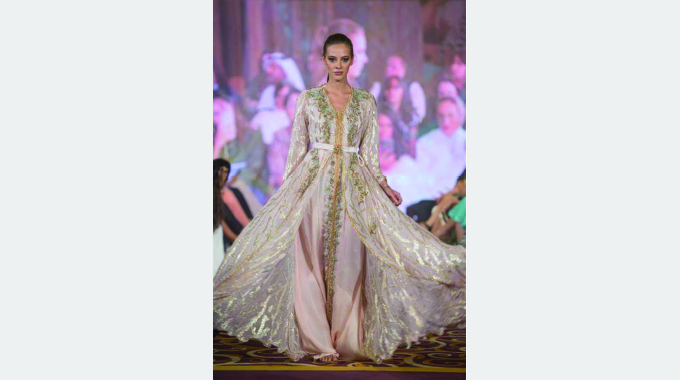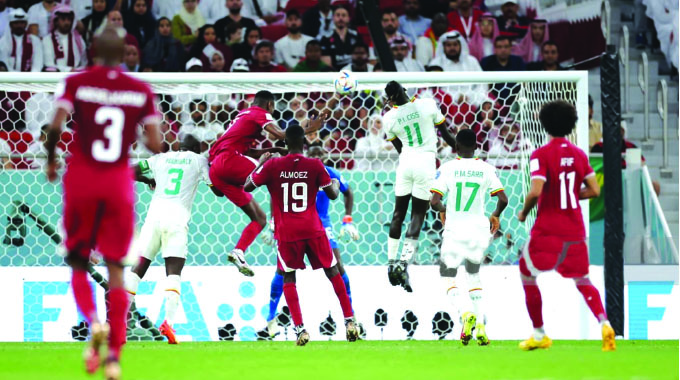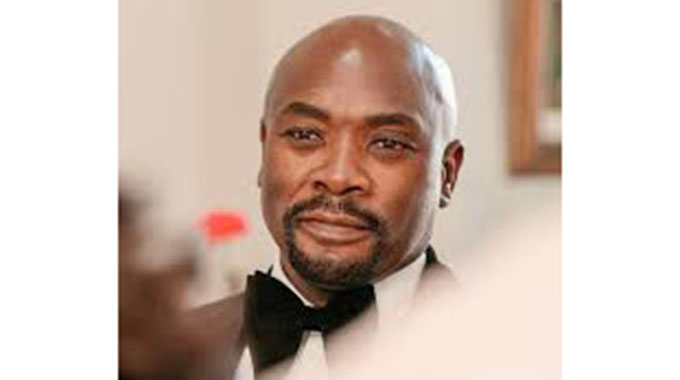Celebrating Algerian traditional wear, cuisines

Acting Entertainment Editor
It is rare to see African states celebrating their independence anniversaries with a focus on traditional wear and cuisine. Such is the power of cultural identities reflected in traditional wear and cuisines, which has remained important and unique in different societies.
Taking pride in our uniqueness is a reflection of the continuity of our ancestral heritage.
Such is the case with Algeria, whose great cultural diversity encapsulating the Arab, Roman, African and the Berber ancient civilisations, will be espoused this coming Tuesday through the inaugural Traditional Wear and Culinary Exhibition at the embassy’s residence in the framework of its cultural activities programme.
There is an old saying that any fashion that is lucky enough to fall under the influence of three civilisations is certain to be an extraordinary blend of style and chic.
Algeria sits at the crossroads of three worlds, Arab, Mediterranean and African. As a result, Algerian fashion has long been influenced by the country’s unique location which has been a place of historic meetings and exchanges.
The event aims to show part of Algerian ancestral culture to the Zimbabwean public, as it constitutes a good opportunity as well to promote interaction between the two peoples’ cultures and a first step towards the development of such activities to enhance cultural ties.
The cultural programme is devoted to the theme of Algerian traditional clothing which will be showcased by teen models and a demonstration for the preparation of its dishes.
Not surprisingly, Algerian designers have succeeded in combining the cultural traditions with the influence of the environment of the country. These influences have found their way into the fashion industry and have foreshadowed several changes in the choice of colour, design and pattern.
Women’s costumes in particular, successfully combines flamboyance, utility and elegance with a strong emphasis on intricate decoration and colours. Reds, yellows, greens and blues as well as many other colour combinations harmonised and finely embroidered with gold and silver threads.
One instance is the “Karakou”, which is a typical traditional dress which incorporates a velvet jacket embroidered in gold and silver worn with the traditional “Saroual” (Arab pants) and comes from Algiers, the capital of Algeria.
Traditional clothing
Women’s clothing and traditional wear in Algeria is dominantly diverse. From Oran, in the west part of the country comes the “Blousa”, a full-length, straight-cut dress made entirely from lace and sequined chest.
There is also the “Chedda” which is a traditional caftan velvet and decorated with pearls, necklaces. It is considered in the western region as the most beautiful and the most expensive dress worn by the bride on her wedding day but also by other women at weddings.
From the eastern part of the country, women also have the variety of the “Djeba” of Constantine. The dress is made with velvet and embroidered by gold and silver threads.
The sleeves can be made of lace. In the central region of Tizi-ouzou, the dress is mainly made from cotton and embroidered at the neck, as well as at the wrists.
However, it is at a wedding and other special occasions that these traditional dresses do justice to the affair. Distinctive jewellery is also worn.
Regarding one of the most popular traditional dresses reputed in all parts of the country, the “Burnous” is an elegant traditional sleeveless and hooded coat worn made of sheep, goat, or camel hair and worn by men and women at special ceremonies.
It is used at the start of the wedding procession to cover the bride as she leaves her parents’ house for her new life in a separate home. “Burnous” is embroidered and each region of the country offers its own style. There is also a less refined and heavier type of “Burnous” used in mountainous areas to protect against the elements, which can be particularly harsh during winter.
This typical and traditional garment is also emblematic of local traditions in Algeria. It can be black in western Algeria, brown in the steep and high plateau regions.
The “El Hayek” is also a traditional women dress, emblematic of Algeria’s traditional dress heritage. It is a dress worn as a symbol of modesty. That these forms of traditional dresses are still used is a tribute to their comfort and suitability for the climate. It also points to the pride that Algerians take in the tradition of their ancestors and their identity in the modern world.
The Cuisine
Like many countries in Northern Africa, Algerian food is influenced, among others, by African countries like Niger and Mali, Mediterranean, Arab and Berber flavours. One of the staple foods from Algeria is “couscous”, a semolina-based pasta usually served with a meat and vegetable stew.
Algerian food is built on a stable foundation of meats (lamb, beef and goat or chicken), vegetables and grains. There are many layers of flavour to this wonderfully diverse cuisine.
Besides the “couscous”, there is the “chakhchoukha” or “thrid”. This is prepared with torn pieces of thin, flatbread known as “rougag”. The “rougag” is topped with “marqa”, a flavourful tomato-based stew of lamb (or chicken), onions, peppers, chickpeas, and spices.
“Tajine zitoune” is also a popular dish in Algeria, particularly during the holy month of Ramadan.
The dish is made with “kefta” (minced lamb, beef, chicken or fish meatballs seasoned with fresh herbs and spices), potatoes, mushrooms, vegetables, lemon juice and dried olives. “Rfiss”, which is a sweet dish and food of Algeria, is essentially made of baked semolina “galette”.
The “galette” is sliced and placed in a processer to ground it into crumbs, similar in size to couscous. Other ingredients used to prepare “rfiss” are rose water, milk, sugar, honey, butter, walnuts and powdered sugar to serve. “Rfiss” is commonly served with “laban” (fermented milk) or fresh Algerian tea.










Comments